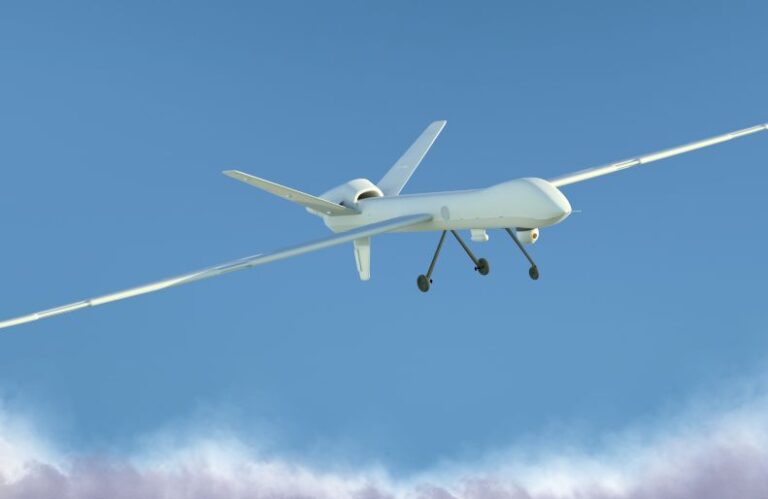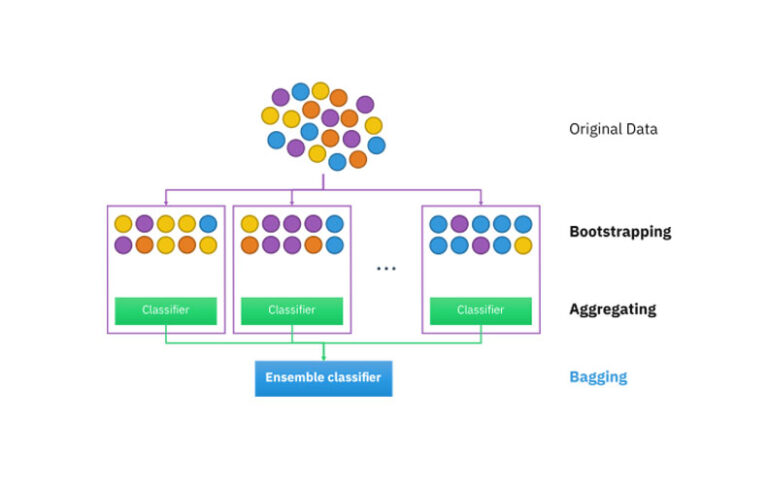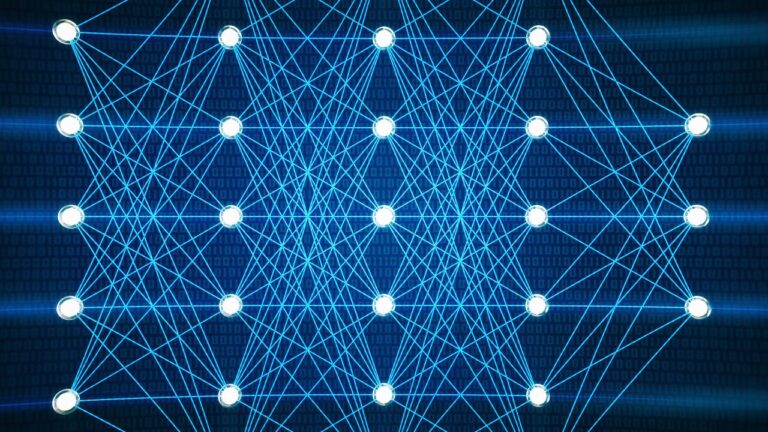Q-Learning
What is Q-Learning?
Q-Learning: A Beginner’s Guide
Q-Learning is a type of reinforcement learning algorithm that aims to find the optimal action-selection policy for any given Markov decision process. It is a model-free algorithm, meaning it does not require knowledge of the environment’s dynamics to make decisions. Instead, it learns from its interactions with the environment through trial and error.
Understanding the Basics of Q-Learning
Q-Learning is based on the concept of Q-values, which represent the expected cumulative rewards of taking a particular action in a given state. The Q-value of an action in a state is updated iteratively based on the rewards received from the environment. The goal of Q-Learning is to find the optimal Q-values for each state-action pair, which will lead to the maximum cumulative reward over time.
The Q-Learning algorithm follows a simple update rule known as the Bellman equation:
Q(s, a) = Q(s, a) + α [r + γ max(Q(s’, a’)) – Q(s, a)]
Where:
– Q(s, a) is the Q-value of taking action a in state s
– α is the learning rate, which determines how quickly the Q-values are updated
– r is the reward received for taking action a in state s
– γ is the discount factor, which determines the importance of future rewards
– max(Q(s’, a’)) is the maximum Q-value for the next state s’ and all possible actions a’
Exploring the Q-Learning Process
The Q-Learning process begins with initializing the Q-values for all state-action pairs to zero. The agent then interacts with the environment by selecting actions based on the current Q-values and observing the rewards received. After each action, the Q-values are updated using the Bellman equation.
As the agent continues to explore the environment and receive rewards, the Q-values gradually converge to their optimal values. The agent’s policy for selecting actions is based on the Q-values, with the goal of maximizing the cumulative reward over time.
Q-Learning in Practice
Q-Learning has been successfully applied to a wide range of problems, including robotics, game playing, and autonomous driving. One of the key advantages of Q-Learning is its ability to handle complex and high-dimensional state spaces, making it suitable for real-world applications.
In game playing, Q-Learning has been used to develop AI agents that can learn to play games such as chess, Go, and Atari games. By learning from experience, these agents can achieve superhuman performance in challenging environments.
In robotics, Q-Learning has been used to train robots to perform tasks such as navigation, object manipulation, and grasping. By learning from interactions with the environment, these robots can adapt to changing conditions and improve their performance over time.
Challenges and Limitations of Q-Learning
While Q-Learning is a powerful and versatile algorithm, it also has several limitations. One of the main challenges is the need for extensive exploration to learn the optimal policy. In environments with a large state space, it can be difficult for the agent to explore all possible state-action pairs efficiently.
Another limitation of Q-Learning is its sensitivity to hyperparameters, such as the learning rate and discount factor. Choosing the right hyperparameters can significantly impact the algorithm’s performance and convergence speed. Tuning these hyperparameters can be a time-consuming and challenging task, especially in complex environments.
Despite these limitations, Q-Learning remains a popular choice for many reinforcement learning tasks due to its simplicity, effectiveness, and scalability. By understanding the basics of Q-Learning and its applications, researchers and practitioners can leverage this powerful algorithm to solve a wide range of problems in AI and robotics.






